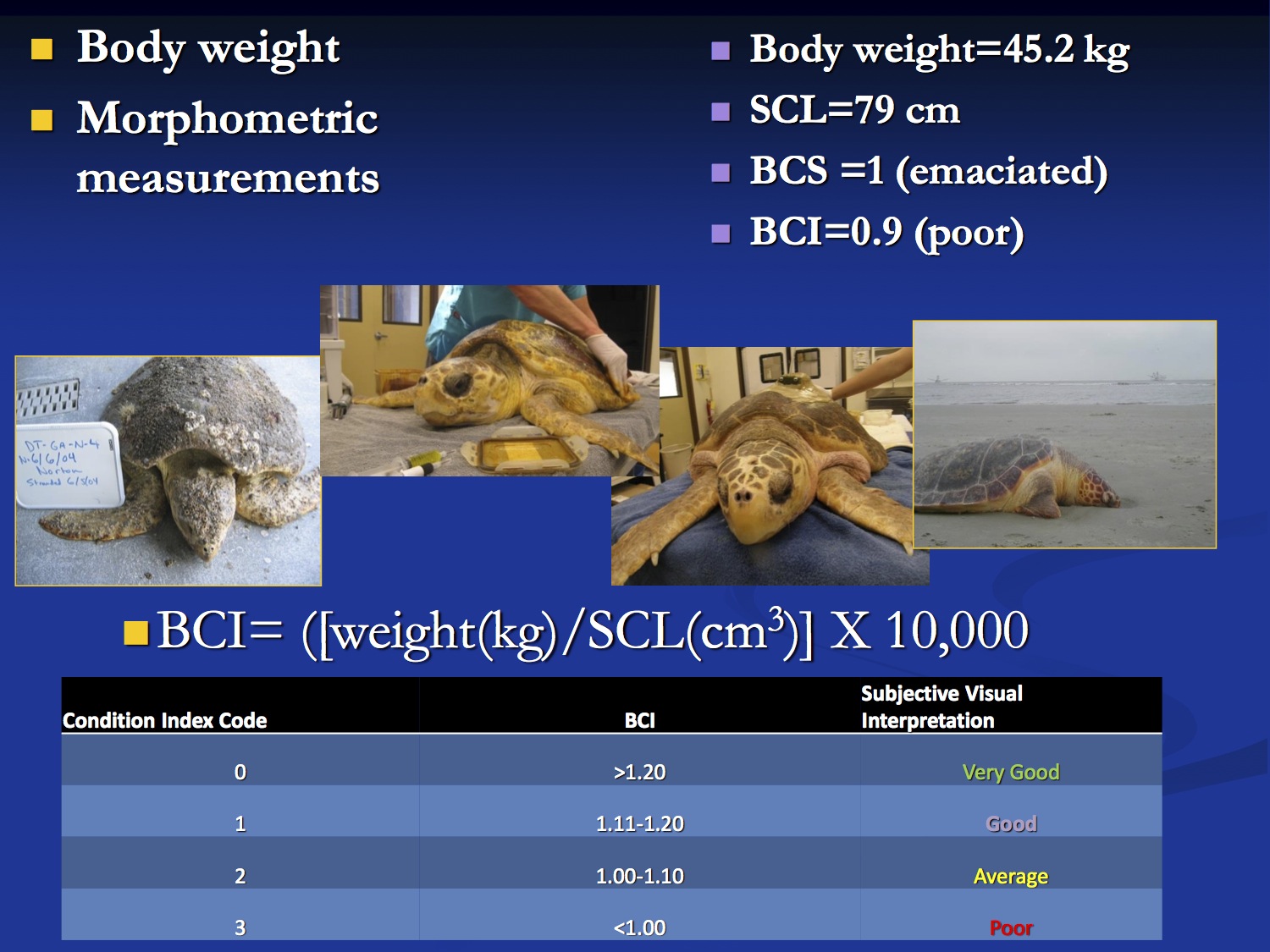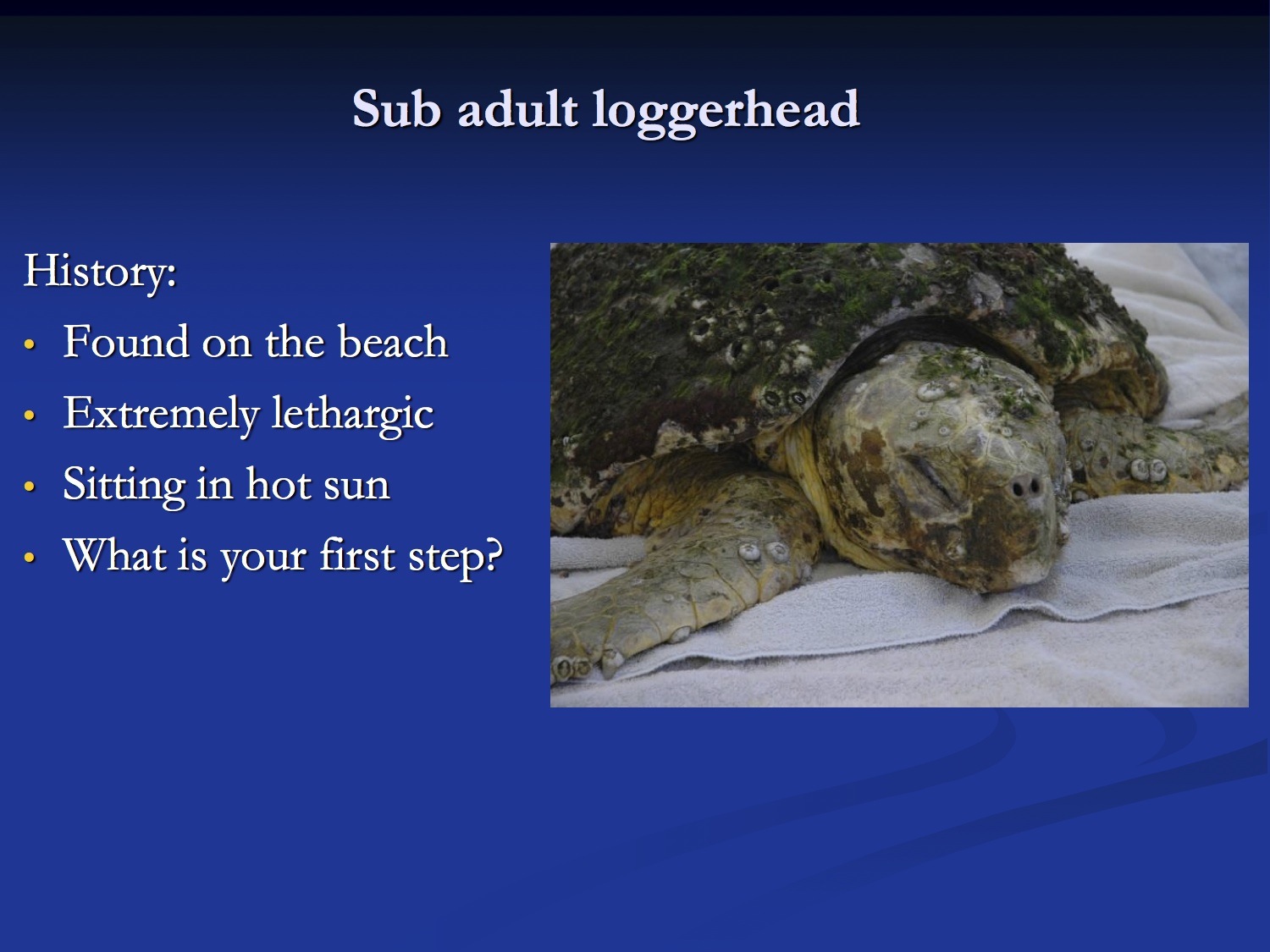Exploring The Fascinating World Of Down Syndrome Sea Turtle
Down syndrome sea turtles have captured the curiosity of marine biologists and nature enthusiasts worldwide. These incredible creatures, though not officially diagnosed with down syndrome, exhibit unique physical and behavioral characteristics that resemble human down syndrome. As we delve into this topic, we'll explore the fascinating world of these turtles, their traits, and their importance in marine ecosystems.
For years, marine researchers have observed sea turtles displaying unusual patterns that set them apart from their peers. These patterns include slower growth rates, distinct physical features, and behavioral differences. While the term "down syndrome" is typically associated with humans, it has been informally applied to describe these remarkable turtles, sparking a wave of interest in understanding their biology and ecology.
This article aims to provide an in-depth look at down syndrome sea turtles, their significance in marine ecosystems, and the efforts to protect these amazing creatures. By the end of this article, you'll gain a deeper understanding of their unique traits and the importance of conserving marine biodiversity.
Read also:Tinted Eyeshadow Primer Your Ultimate Guide To Flawless Eye Makeup
Table of Contents
- Introduction to Down Syndrome Sea Turtle
- Biology and Characteristics
- Habitat and Distribution
- Behavioral Patterns
- Threats to Survival
- Conservation Efforts
- Current Research and Studies
- Comparison with Human Down Syndrome
- Impact on Marine Ecosystems
- Future Prospects and Challenges
Introduction to Down Syndrome Sea Turtle
Understanding the Term
Although the term "down syndrome" is not scientifically recognized in marine biology, it has been informally used to describe sea turtles with distinct physical and behavioral characteristics. These turtles often exhibit slower growth rates, unique shell patterns, and developmental differences compared to their healthy counterparts.
Researchers believe that genetic mutations, environmental factors, or a combination of both may contribute to these traits. Understanding these differences is crucial for marine conservation efforts, as it highlights the diversity within sea turtle populations.
Significance in Marine Biology
Down syndrome sea turtles offer a unique opportunity for scientists to study genetic diversity and its impact on marine ecosystems. By examining these turtles, researchers can gain insights into the effects of environmental stressors, genetic mutations, and evolutionary processes on marine life.
Biology and Characteristics
Physical Traits
Down syndrome sea turtles often display distinct physical characteristics that set them apart from other turtles. These traits include:
- Slower growth rates
- Unique shell patterns
- Smaller body size
- Abnormal flippers
These physical differences can affect the turtles' ability to swim, forage, and evade predators, making them more vulnerable in the wild.
Genetic Factors
While the exact cause of these traits is still under investigation, genetic mutations are believed to play a significant role. Environmental factors such as pollution, climate change, and habitat degradation may also contribute to these developmental differences.
Read also:Olivia Wilde Leaked Understanding The Controversy Facts And Impact
Habitat and Distribution
Preferred Habitats
Down syndrome sea turtles are typically found in warmer, tropical waters where sea turtles thrive. These habitats include coral reefs, seagrass beds, and mangroves, which provide essential resources for their survival.
Global Distribution
These turtles are distributed across various regions, including the Atlantic, Pacific, and Indian Oceans. However, they are more commonly observed in areas with high levels of pollution or habitat degradation, suggesting a potential link between environmental factors and their developmental traits.
Behavioral Patterns
Social Interactions
Down syndrome sea turtles often exhibit unique behavioral patterns, such as reduced social interactions and altered feeding habits. These behaviors can impact their ability to thrive in the wild, making them more susceptible to predation and starvation.
Foraging Habits
Due to their physical limitations, these turtles may have difficulty foraging for food. This can lead to nutritional deficiencies and further developmental challenges, emphasizing the need for targeted conservation efforts.
Threats to Survival
Human Impact
Human activities such as pollution, coastal development, and climate change pose significant threats to down syndrome sea turtles. These factors can exacerbate their existing challenges, making it even harder for them to survive in the wild.
Predation and Disease
These turtles are more vulnerable to predation and disease due to their physical and behavioral differences. Protecting them requires a comprehensive approach that addresses both environmental and biological factors.
Conservation Efforts
Protecting Marine Habitats
Conservation organizations and governments are working together to protect marine habitats that are critical for down syndrome sea turtles. This includes establishing marine protected areas, reducing pollution, and promoting sustainable fishing practices.
Research and Monitoring
Ongoing research and monitoring are essential for understanding the needs of these turtles and developing effective conservation strategies. By tracking their populations and studying their behaviors, scientists can identify the most effective ways to protect them.
Current Research and Studies
Genetic Studies
Researchers are conducting genetic studies to better understand the causes of these unique traits in sea turtles. These studies aim to identify potential genetic mutations and their effects on the turtles' development and survival.
Environmental Impact
Studies are also examining the impact of environmental factors on down syndrome sea turtles. This includes assessing the effects of pollution, climate change, and habitat degradation on their health and behavior.
Comparison with Human Down Syndrome
Similarities and Differences
While the term "down syndrome" is not scientifically applicable to sea turtles, there are some similarities between the traits observed in these turtles and those seen in humans with down syndrome. These include developmental delays, physical differences, and behavioral patterns.
Scientific Implications
Studying these similarities can provide valuable insights into genetic and environmental factors that affect both humans and marine life. This interdisciplinary approach can lead to a better understanding of biodiversity and the interconnectedness of all living organisms.
Impact on Marine Ecosystems
Ecosystem Roles
Down syndrome sea turtles play an important role in marine ecosystems by contributing to biodiversity and ecosystem stability. Their presence highlights the importance of protecting all species, regardless of their perceived differences or challenges.
Conservation Importance
Conserving these turtles is crucial for maintaining healthy marine ecosystems. By protecting them, we ensure the survival of other species that depend on the same habitats and resources.
Future Prospects and Challenges
Technological Advancements
Advancements in technology and research methods offer new opportunities for studying and protecting down syndrome sea turtles. These advancements can help us better understand their needs and develop more effective conservation strategies.
Challenges Ahead
Despite these advancements, challenges remain in protecting these turtles and their habitats. Addressing these challenges requires global cooperation, public awareness, and continued scientific research.
Conclusion
Down syndrome sea turtles represent a fascinating and important aspect of marine biodiversity. By understanding their unique traits and challenges, we can develop effective strategies to protect them and ensure the health of marine ecosystems. We invite you to share your thoughts and experiences in the comments below, and encourage you to explore other articles on our site to learn more about the incredible world of marine life.
Together, we can make a difference in preserving the beauty and diversity of our oceans for future generations.


